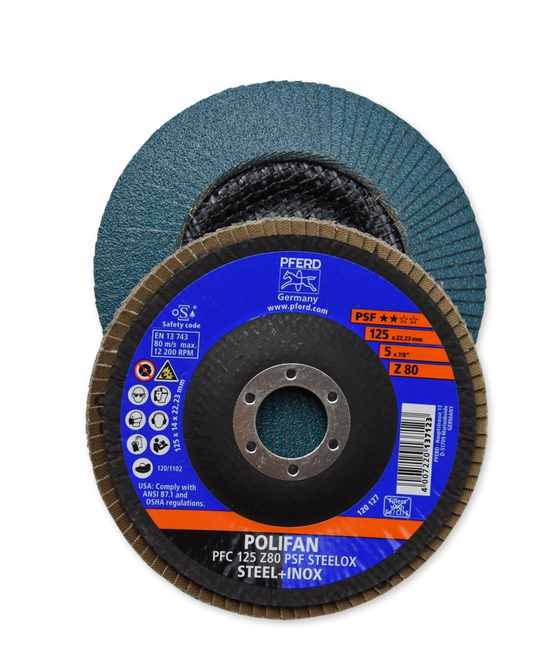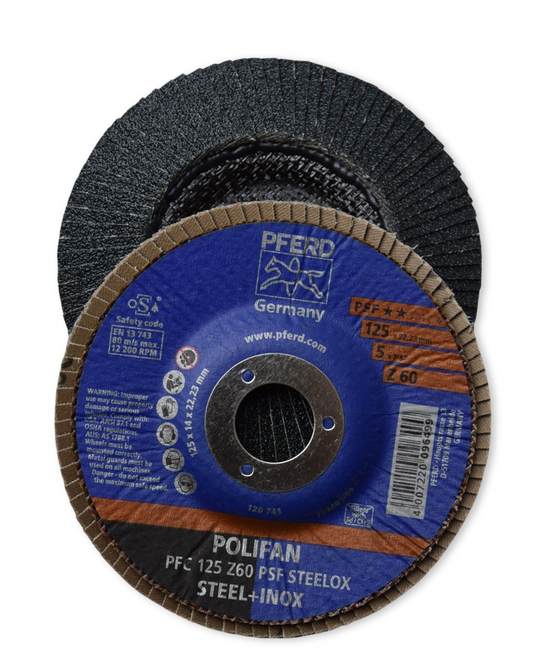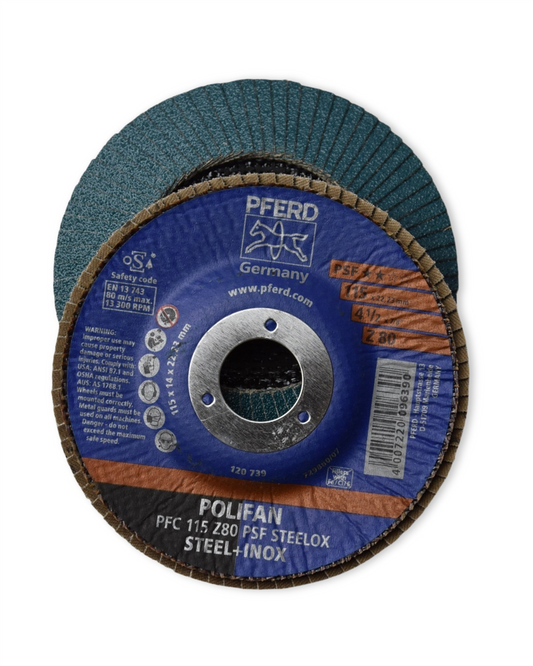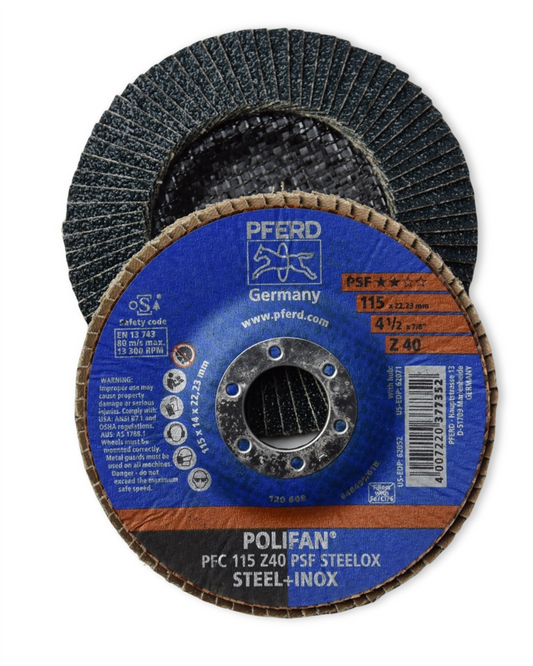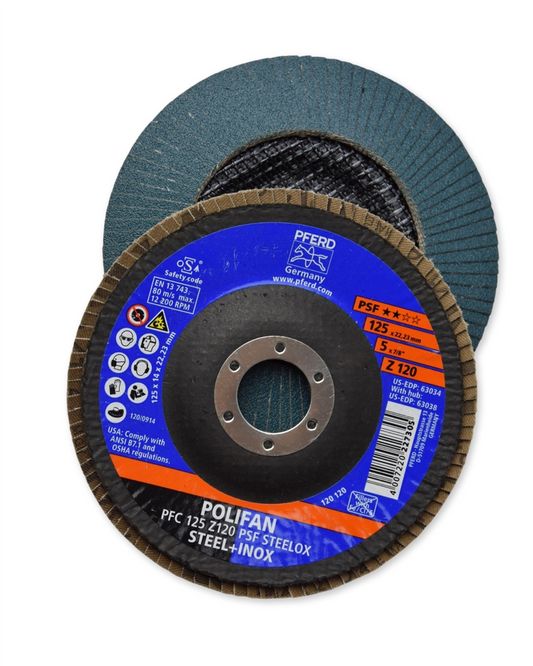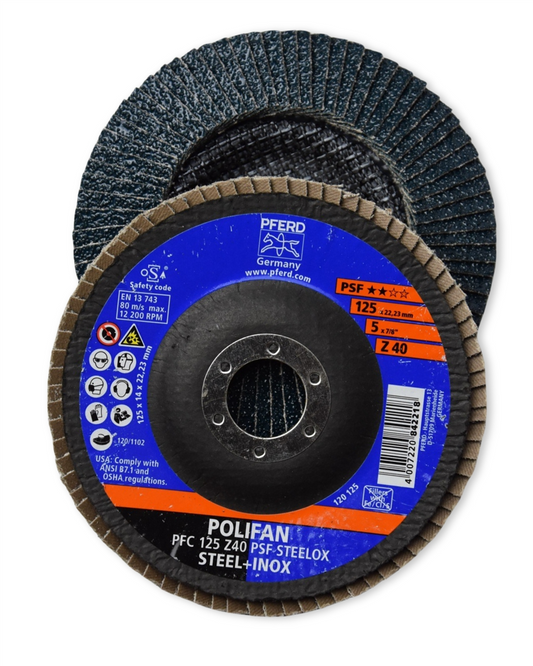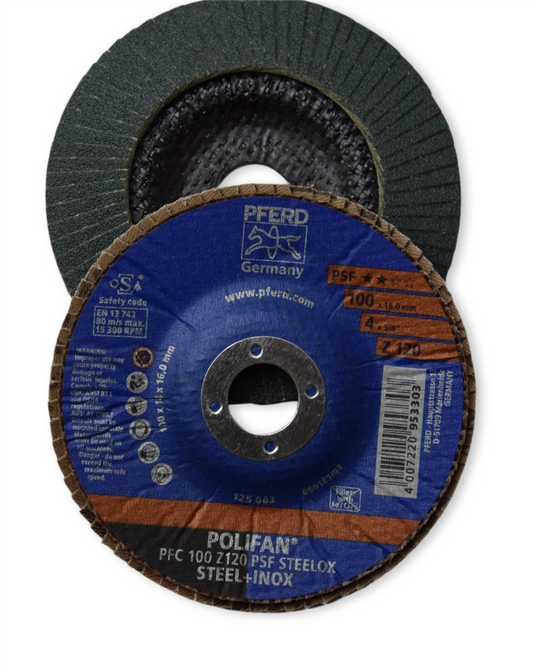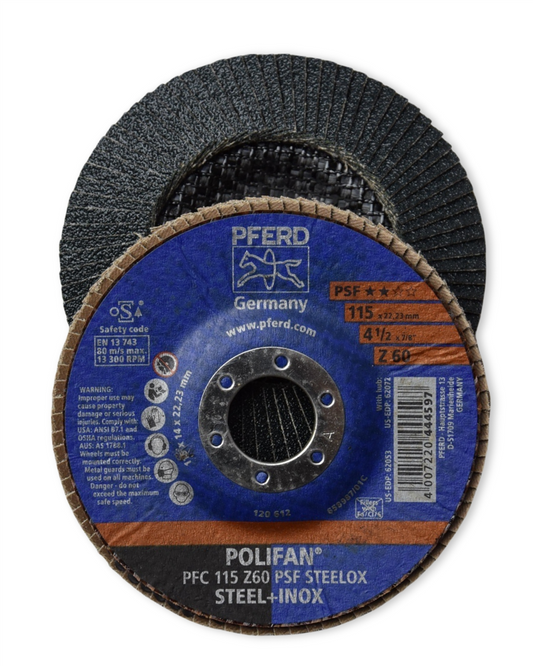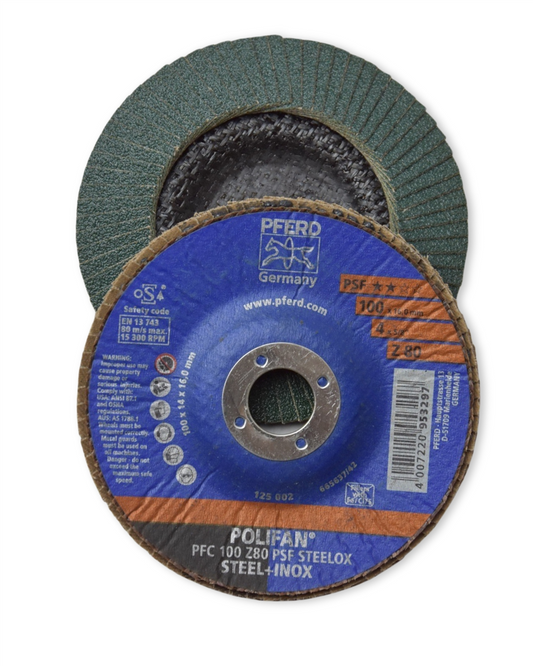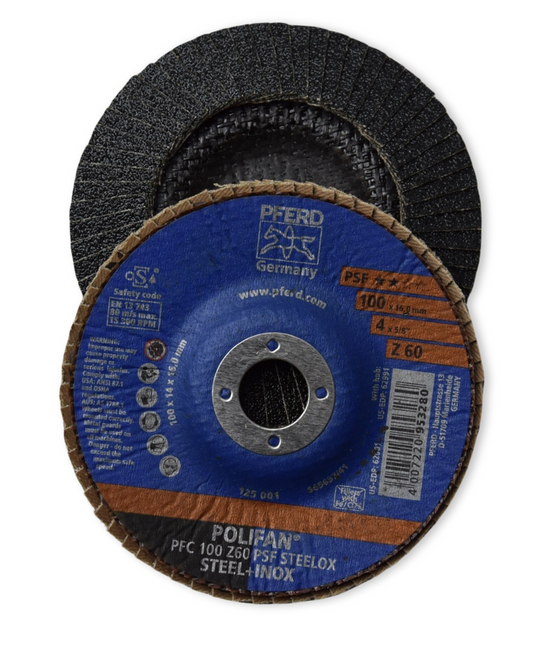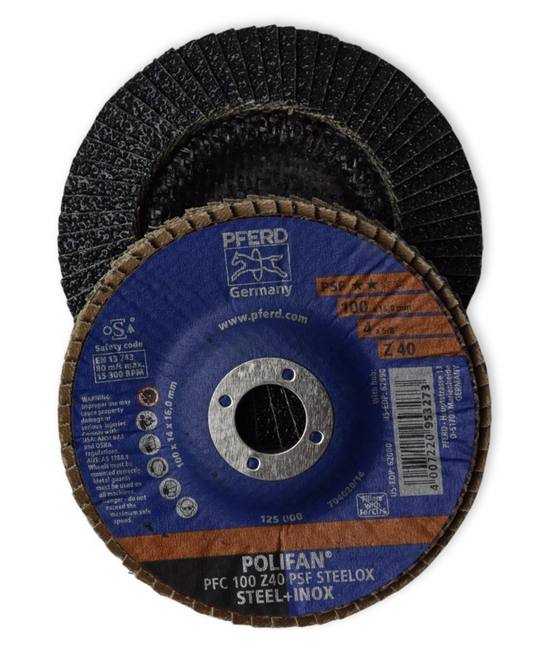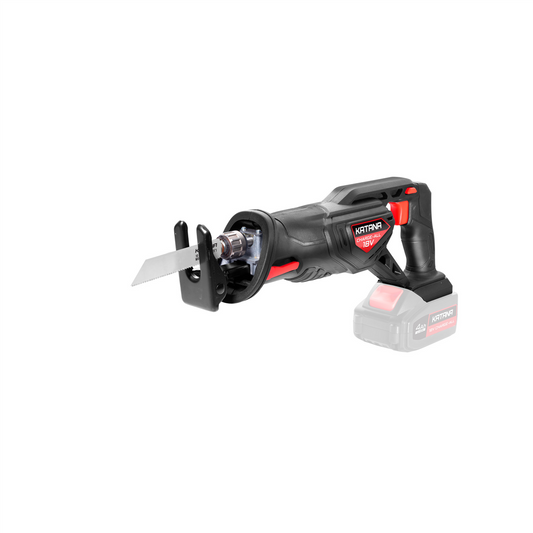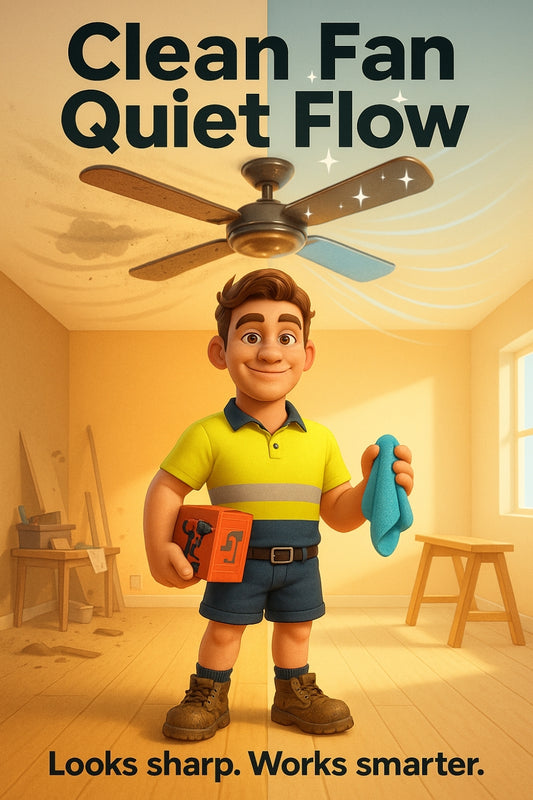Sliding door grinding? This one fix saves your back, time — and maybe your sale.
Share
Keep Your Sliding Doors Gliding Like New With These Easy Maintenance Tips
You know the sound. A clunk, a screech — the kind that makes you raise your whiskers mid-morning coffee. Sliding doors, once as smooth as a well-oiled trailer ramp, suddenly feel like a gym session every time you open them. But the good news? You don’t need to rip them out or live with the grind.
Why Sliding Door Tracks Start Acting Up
Over time, dust, pet hair, grit, and even insect parts sneak into the tracks. South Aussie wind doesn’t help either — it loves a good blow-through. Add a splash of moisture or an old track that's worn from years of footy boot slams, and suddenly your door’s more drag than glide.
"Most track issues we see aren't because the door's broken — it's because no one’s touched the thing in five years. A bit of TLC goes a long way."
– Candeece, DIY Specialist at Strath H
How Often Should You Clean Sliding Door Tracks?
If your place cops its fair share of dust or you've got pets and kids flying through doors every day, aim for a clean every 2-3 months. Less foot traffic? Twice a year will usually do the job.
Step-by-Step: Best Way to Maintain Your Sliding Doors and Tracks
What You’ll Need:
- Vacuum with crevice tool
- Old toothbrush or small nylon brush
- Mild detergent and warm water
- Clean cloths or rags
- Silicone-based lubricant (never oil-based – we’ll explain why)
- Screwdriver (for adjusting rollers, if needed)
Clean the Tracks
Start by vacuuming any loose dirt. Really get into the corners and under the door if possible. Then dampen your brush in soapy water and scrub along the track. Wipe dry with a cloth. If your tracks are metal and showing rust, a wipe of white vinegar followed by baking soda can help lift it safely.
Inspect and Clean the Rollers
Now here’s where most folks go wrong. They clean the tracks but forget about the rollers — which is like washing your rig’s tyres without checking if they still spin straight.
Lift the door off its track (you’ll usually need to remove a stopper). Lay it on a soft blanket and check the roller wheels underneath. Remove any tangled hair, twine, or built-up grime. If they look worn or cracked, it might be time for a new roller set — they’re usually cheap and easy to replace.
Adjust the Roller Height
Sliding doors have tiny screws near the base that raise or lower the rollers. If your door’s scraping on one side or hard to close, turn these screws with a flathead until the door sits level and glides smoothly. Don’t over-tighten.
Lubricate the Tracks and Rollers
This step’s where real magic happens. Use a silicone-based lubricant only. Oil-based sprays attract dust and gum up the works over time — avoid them like weeds in your veggie patch.
Lightly mist the track and the rollers. Slide the door back and forth a few times to work it in. You’ll be amazed how just this one step makes everything feel brand new again.
Install a Brush Seal for Extra Protection
If you’re near farmland or exposed areas, adding a brush strip to the bottom of your sliding door can help block dust and keep your tracks cleaner for longer. They're simple to fit and help with drafts too.
Signs It Might Be Time for a Door Upgrade
Even with regular care, sliding doors don’t last forever. If you’re dealing with any of these, it could be worth replacing your door or track assembly:
- Cracked or bent tracks
- Warped doors that can’t stay level
- Gaps that let rain or wind in even when closed
- Rollers no longer adjustable or keep slipping out of track
We often see people stubbornly fixing an old unit when a fresh one would save time, nerves, and future repair calls. If in doubt, bring in a photo — we’ve helped many decide between a quick fix and a long-hauler solution.
Want Pro-Level Smoothness Every Time?
It’s all about consistency and using the right gear. A quick half-hour clean twice a year, plus a squirt of silicone spray each change of season, and you’ll be wondering why you ever wrestled with your patio door in the first place.
One Last Thing: Don’t Forget the Lock
A door that runs well but won’t shut firmly is just asking for trouble. Wipe down the lock mechanism occasionally and test that it clicks smoothly without too much play. A sticky latch might just need a cleaning, but broken catches should be swapped out pronto — easy five-minute job with a screwdriver and a smile.
Could This Be the Fix That Saves Your Back — or Sells Your House?
A smooth sliding door might seem trivial. But when you're showcasing a home or simply trying to enjoy your own, minor annoyances add up fast. Walking through a house where the doors whisper instead of growl? That’s the kind of subconscious tick that makes someone say “yep, this place feels right.”
The Bottom Line
A little elbow grease and know-how goes a long way. Whether you're keeping the family place in good nick, flipping a fixer-upper, or just tired of yanking on a stubborn door every morning — smooth tracks are the unsung heroes of a good home. Clean them. Check them. Lube them. Your knees (and your doors) will thank you.
Happy sliding,
Candeece

Stay Connected
Follow our Facebook Page: Strathalbyn H Hardware on Facebook

